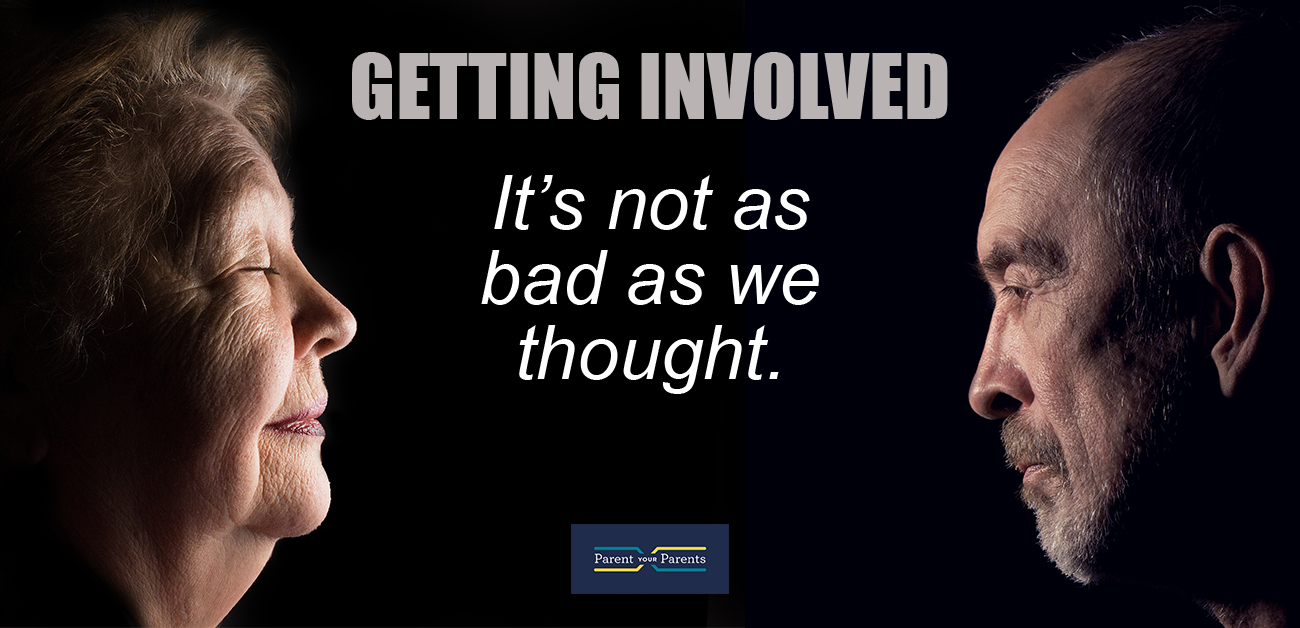
Studies abound about seniors who are lonely or feel isolated. It turns out it’s not as bad as we thought. Some statistics:
- loneliness surveys from AARP and the University of Michigan show that 55% of respondents feel lonely ONLY OCCASIONALLY.
- Roughly 55% say loneliness isn’t negatively affecting their quality of life: only 29% say it is; 16% are undecided.
- A striking 82% say engaging in the arts — either as an audience member or a participant — can play a key role in helping a person fight loneliness and isolation.
- And a full 72% say technology plays a key role in mitigating a person’s loneliness and isolation. Cellphones, computers and tablets are alive and well in the senior world.
What do we look for when we think of lonely or isolated seniors:
- Signs of isolation include living alone, having no close relatives, never leaving the house, not participating in phone or digital chat or being alone for nine or more hours per day.
- Someone suffering from loneliness wishes for more friends, doesn’t see friends and family enough, doesn’t meet enough people, has no one to rely on and spends holidays alone.
Knowing the difference between the two can also help recognize what is in your control and allow you to change your behavior so you’re less isolated and lonely. Following are some practical steps to assist you in combating your inclination to stay at home, watch TV and not engage:
1. Acknowledgment
Just like depression or any other ailment that feels terrible, acknowledge your loneliness and understand that it’s a feeling – not a way of life.
2. Make a Plan to Tackle Your Habits
After acknowledging your bouts of loneliness and understanding how susceptible you can be to isolation, you can more clearly plan and act toward improving your habits. Tackle one habit at a time, master it then go back and tackle the second one.
3. Use Technology to Stay Connected
As you grow older, your social circle of family and friends are likely to spread and/or dwindle. One way to supplement your in-person contact is to maintain your long-distance relationships using technology. I’ve seen 90-plus year olds use online chat, video chat, email and just plain talking on the phone when it means getting to see their children and grandchildren! It’s all very accessible and almost everything is free once you’re with a carrier.
5. Volunteer
A volunteer opportunity that is from the heart can be beneficial on so many levels. Not only will you have the chance to meet new people, you can benefit by feeling healthier, less stressed and happier, inspiring others to give back.
6. Sign Up for a Class
Almost all universities offer classes for “the love of learning.” Many seniors I know go to the Osher Life and Learning Institute (OLLI). Whether you want to learn how to use your computer or a European view of World War I – the choices are plentiful. You’ll learn something, keep your mind active, and surround yourself with like minded people. One friend took Spanish and when the class ended, several of the participants met for coffee weekly to speak Spanish together!
These are some basic steps to use when you want to engage. And yes, I aim it to seniors but all these ideas can be used by anyone who feels disenfranchised or lonely. Just reach out – we’re here.

